Top Container Orchestration Platforms: Kubernetes vs. Docker Swarm
Kubernetes and Docker Swarm are both open-source container orchestration platforms that automate container deployment, scaling, and management.
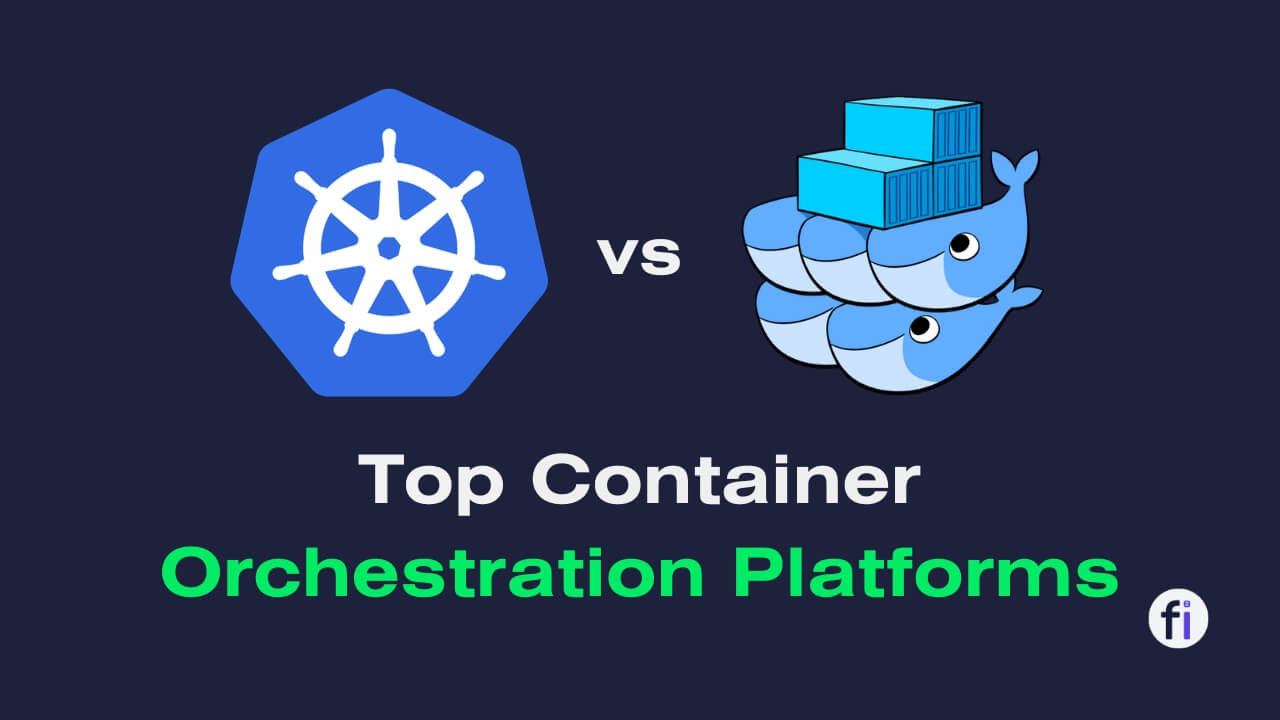
Kubernetes and Docker Swarm are both open-source container orchestration platforms that automate container deployment, scaling, and management. However, some critical differences between the two are important to understand when deciding which solution to use.

What is Kubernetes?
Kubernetes (also known as K8s) was originally designed by Google and is now maintained by the Cloud Native Computing Foundation. It provides a framework to run distributed systems resiliently across clusters of nodes. Kubernetes coordinates containerized applications across multiple hosts, ensuring there is no downtime during maintenance or when scaling.
Kubernetes Architecture
The Kubernetes architecture consists of master and worker nodes. The components include:
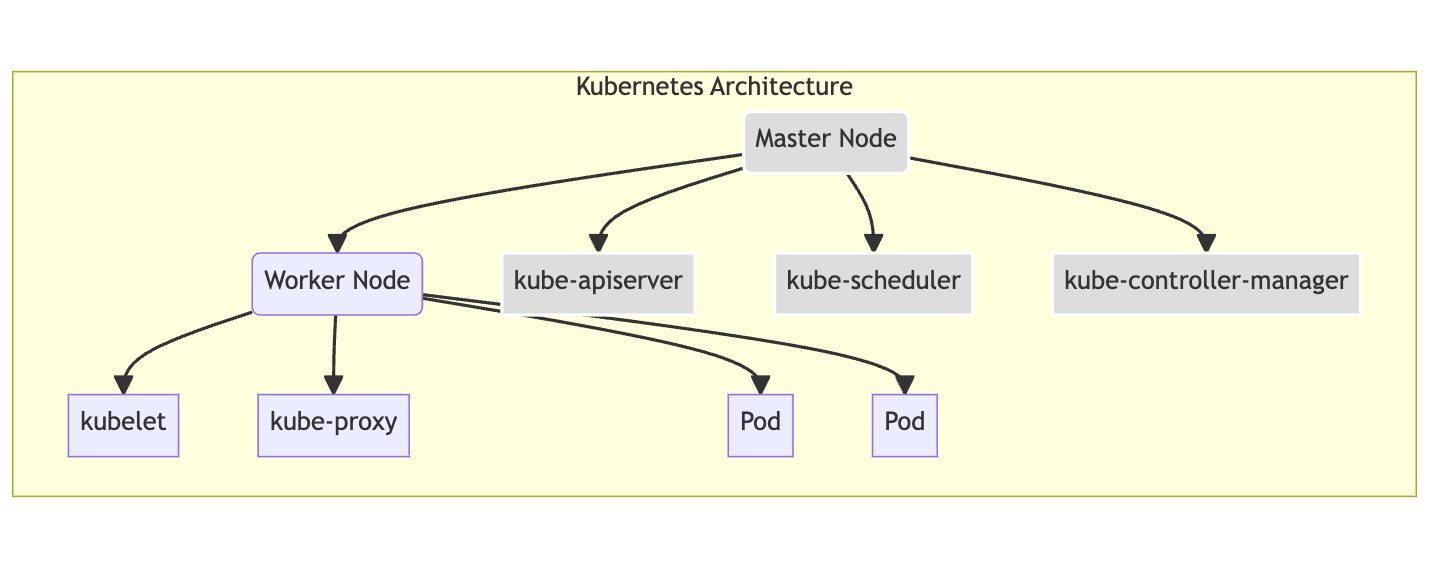
- Masters: These oversee orchestration and cluster health. Master components provide a unified view of the cluster and include:
- kube-apiserver: The API server validates and configures data for pods and services.
- kube-scheduler: This schedules pods across nodes.
- kube-controller-manager: The controller manager runs controllers for replication, accounts, endpoints, etc.
- Nodes: These are the workers that run containerized applications. A node contains services like kubelet and kube-proxy to communicate with the master and run pods.
- kubelet: This connects nodes to the cluster and handles pod lifecycles.
- kube-proxy: This maintains networking rules and performs connection forwarding.
- Pods: These are a group of one or more containers with shared resources. Pods are the basic units deployed and managed in Kubernetes.
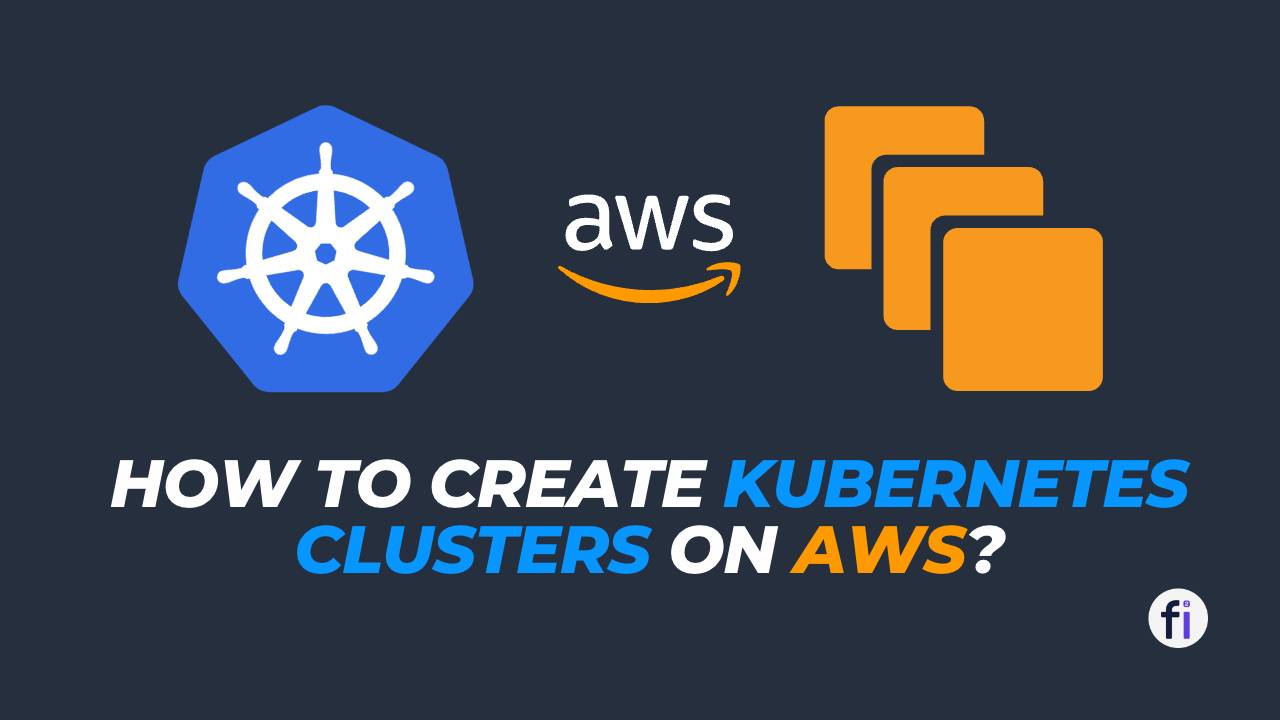

What is Docker Swarm?
Docker Swarm is Docker's native container orchestration tool. It turns a pool of Docker hosts into a single virtual host for easier container deployment and scaling. Swarm serves the standard Docker API so any tool that communicates with a Docker daemon can use Swarm to transparently scale to multiple hosts.
Docker Swarm Architecture
The Docker Swarm architecture comprises managers and workers. The components include:
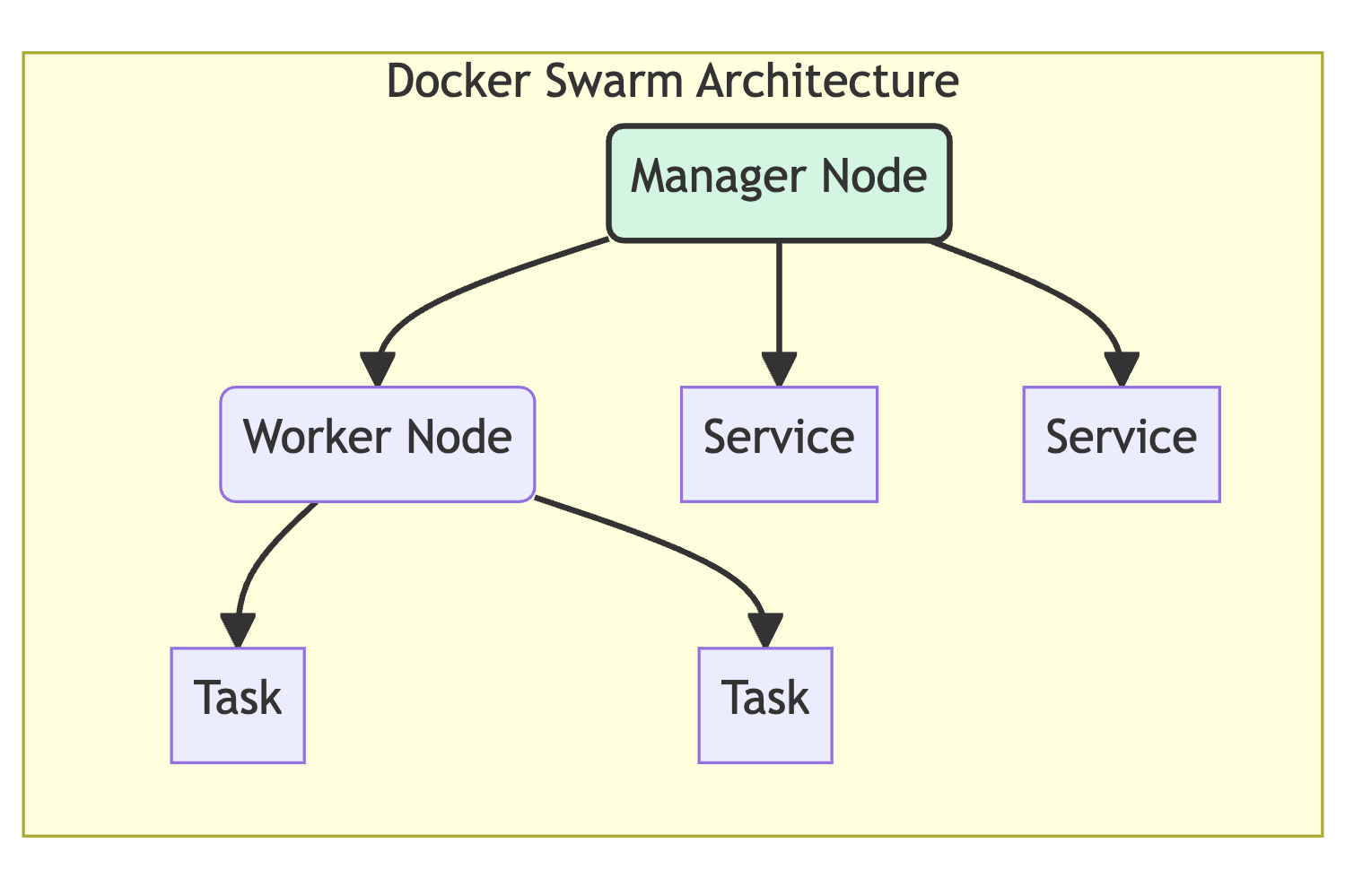
- Managers: These nodes perform orchestration and cluster management. Managers dispatch units of work called tasks.
- Workers: These are the nodes that run tasks dispatched from managers.
- Services: This is the definition of the tasks to execute on the worker nodes including container images, ports, replicas, etc.


Kubernetes vs. Docker Swarm
Feature Comparison
While Kubernetes and Docker Swarm solve similar challenges in container orchestration, there are some major differences in features:
| Kubernetes | Docker Swarm | |
|---|---|---|
| ✅ Pros | - More powerful and full-featured - Larger ecosystem and community support - Supports larger and more complex deployments - Better for microservices and scaling - More native features like load balancing, rolling updates |
- Easier to setup initially - Simpler architecture and concepts - Integrated with Docker engine - Less resources required for small deployments |
| ❌ Cons | - Steep learning curve - More complex to manage and configure - Overkill for simpler deployments - Resource intensive |
- Limited native features - Less options for storage, networking - Scaling limitations - Immature ecosystem |
| ⚙️ Features | - Automatic binpacking - Horizontal pod autoscaler - Multiple scheduler options - Richer network model - Ingress controller - StatefulSets and DaemonSets |
- Overlay networks - Auto-generated service proxies - Node health checking - Basic schedulers |
| 🚀 Use Cases | - Production grade deployments - Microservices and cloud native apps - Rapidly scaling applications - ML/AI workloads - Multi-cluster and multi-cloud |
- Testing and dev environments - Single node clusters - Smaller applications and workloads - Learning orchestration concepts |
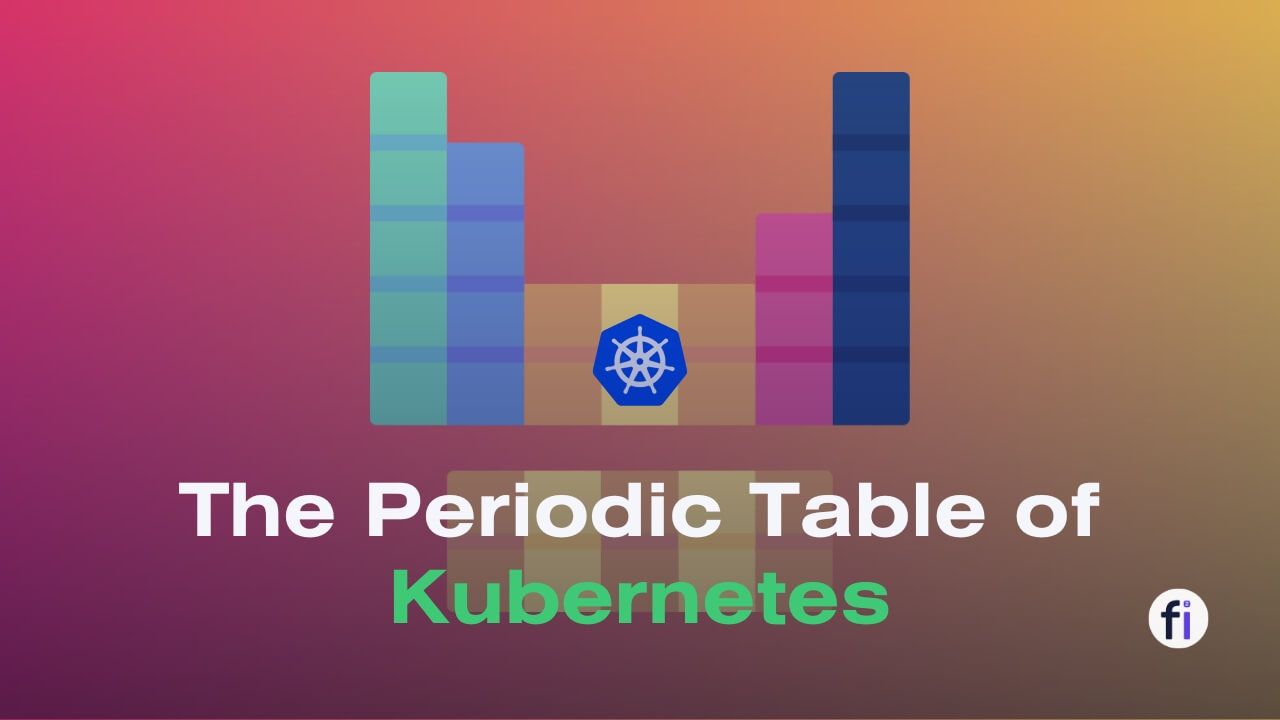
#1. Cluster Management
- Kubernetes has more powerful features for large deployments like RBAC and storage management.
- Docker Swarm is simpler to initially configure but less robust at scale.
#2. Load Balancing and Service Discovery
- Kubernetes natively handles this through its services and robust service discovery.
- Docker Swarm uses VIPs and its DNS for load balancing and discovery.
#3. Storage and Volumes
- Kubernetes supports a wide range of volume types including cloud, network, and plugin storage.
- Docker Swarm has limited volume plugin support.
#4. Networking
- Kubernetes model includes multiple networking per pod, network policies, and IPVS load balancing.
- Docker Swarm uses host-based routing mesh and overlay networks.
#5. Security
- Kubernetes provides native RBAC, secrets management, security policies, and network policies.
- Docker Swarm relies more on third-party tools for security.
#6. Scaling
- Kubernetes deployments and replicas make scaling out simpler.
- Docker Swarm relies more on an external service registry for scaling.
#7. Rolling Updates
- Kubernetes natively supports rolling updates to deployments.
- Docker Swarm requires reliance on an external service registry.
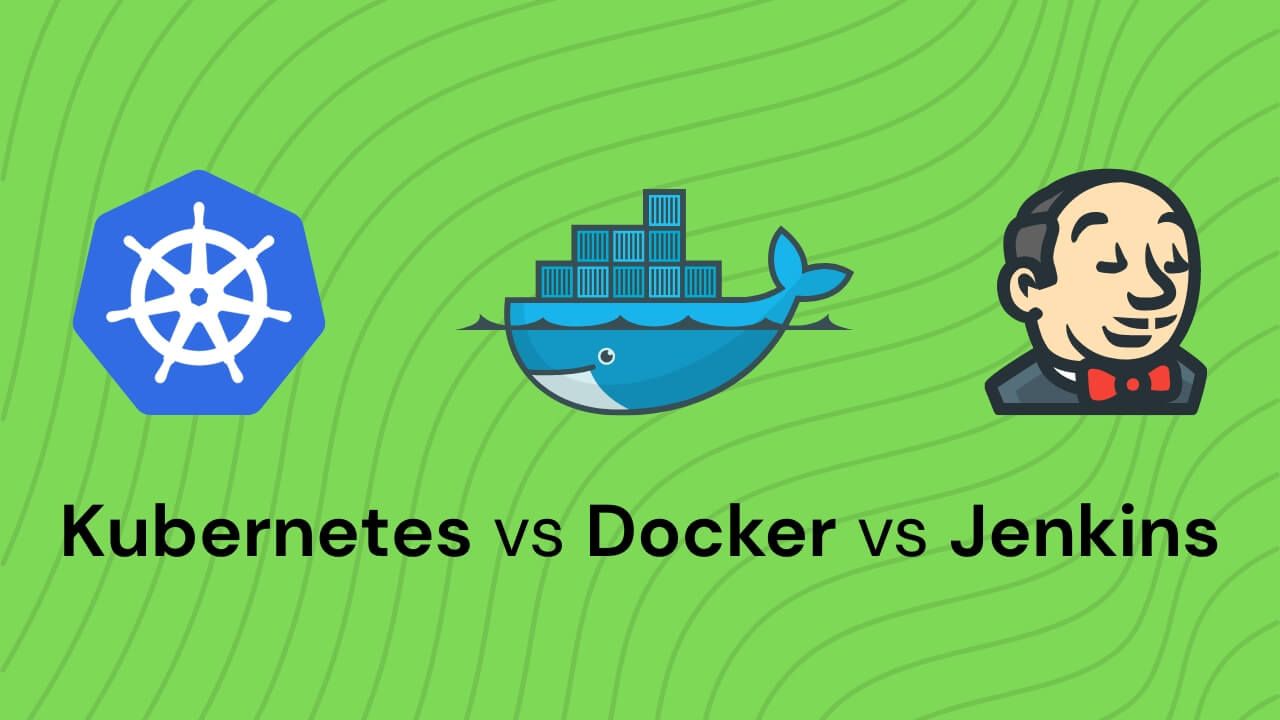
Should you have a Cluster with fewer larger nodes or many smaller nodes?
When creating a cluster, one of the first questions that comes up is what type of worker nodes to use and how many of them. The total compute capacity of a cluster is the sum of all the constituent node's capacities. There are multiple ways to achieve the desired target capacity of a cluster. For example, if you need a cluster with a total capacity of 8 CPU cores and 32 GB of RAM, you could design your cluster using 4 smaller nodes or 2 larger nodes.
There are pros and cons to both approaches. Few large nodes can result in less management overhead, as it is easier to manage a small number of machines than a large number. However, this applies primarily to bare metal servers and not to cloud instances. If you use cloud instances, you outsource the management of the underlying machines to the cloud provider.
On the other hand, many small nodes can provide higher availability. If you have a cluster with two large worker nodes and you lose one, you lose half the cluster capacity. Having multiple worker nodes reduces this risk. For example, if you have a ten-node cluster and you lose one, you lose just 10% of your cluster capacity.
There are other factors to consider as well, such as ease of scheduling containers and node auto-scaling. With a large number of resources allocated to a node, it becomes easier for Kubernetes to schedule containers on a cluster with fewer large worker nodes in comparison to smaller nodes. However, with more nodes in the picture, there is more management overhead in terms of taking care of servers, patching and updating them, and maintaining them.
Ultimately, the choice between few large nodes or many small nodes depends on your specific needs and requirements. It's important to carefully consider all the factors when designing your Kubernetes cluster.

When to Choose Kubernetes vs. Docker Swarm
When to choose one over the other ?
| Feature | Kubernetes | Docker Swarm |
|---|---|---|
| Maturity | More mature | Less mature |
| Features | A wider range of features | Fewer features |
| Flexibility | More flexible | Less flexible |
| Ease of use | More complex | Easier to use |
| Integration with Docker | Less integrated | More integrated |
- Cluster size - Kubernetes excels at managing large clusters with thousands of nodes while Docker Swarm is better for smaller clusters.
- Application architecture - Kubernetes is ideal for microservices-based and cloud-native applications. Docker Swarm can work for monolithic apps.
- Scaling requirements - Kubernetes makes it easier to scale horizontally with autoscaling features. Scaling Swarm relies more on the external registry.
- Environments - Kubernetes suits production environments while Swarm is good for dev, and test environments.
- In-house expertise - Kubernetes' learning curve is steeper than Swarm. Evaluate team skills.
- Maturity and support - Kubernetes has been production-ready longer and has more extensive community support.
- Feature needs - Kubernetes has more built-in features while Swarm needs more external tools.
- Cloud integration - Kubernetes works well for hybrid/multi-cloud. Swarm is tightly integrated with Docker.
- Hardware requirements - Kubernetes requires more resources while Swarm can work well with fewer nodes.
- Migration complexity - Moving from Swarm to Kubernetes is easier than vice versa. Consider future needs.
Conclusion
Kubernetes and Docker Swarm both enable container orchestration through differing architectures and features. Kubernetes is more advanced and configurable, while Docker Swarm is simpler to adopt initially. Consider application needs and environment when selecting an orchestration platform. The right solution can provide automation, resilience, and scalability.
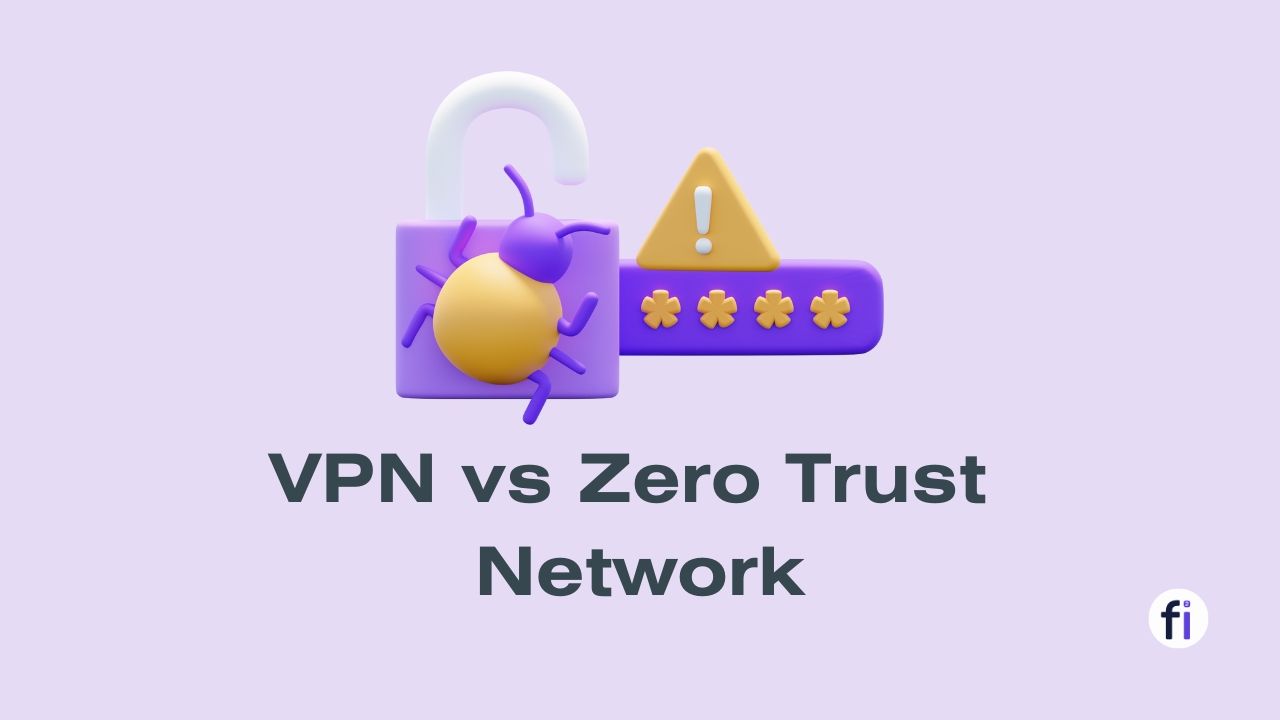
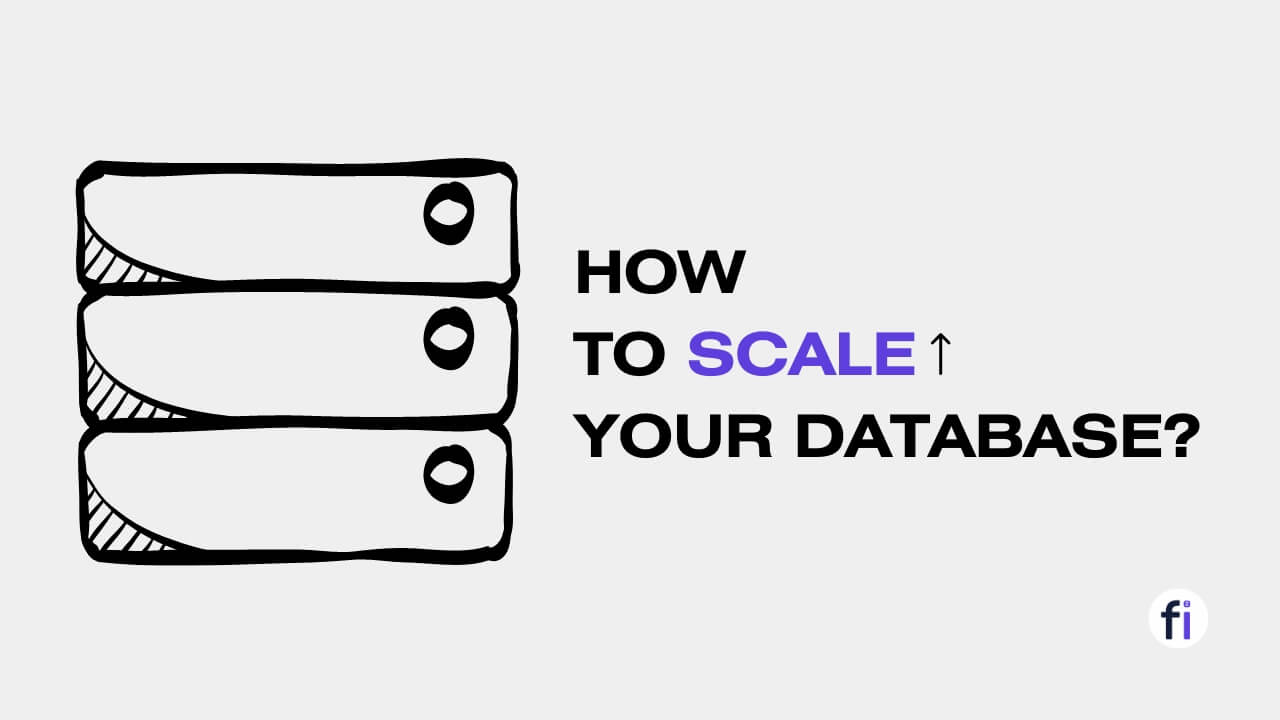
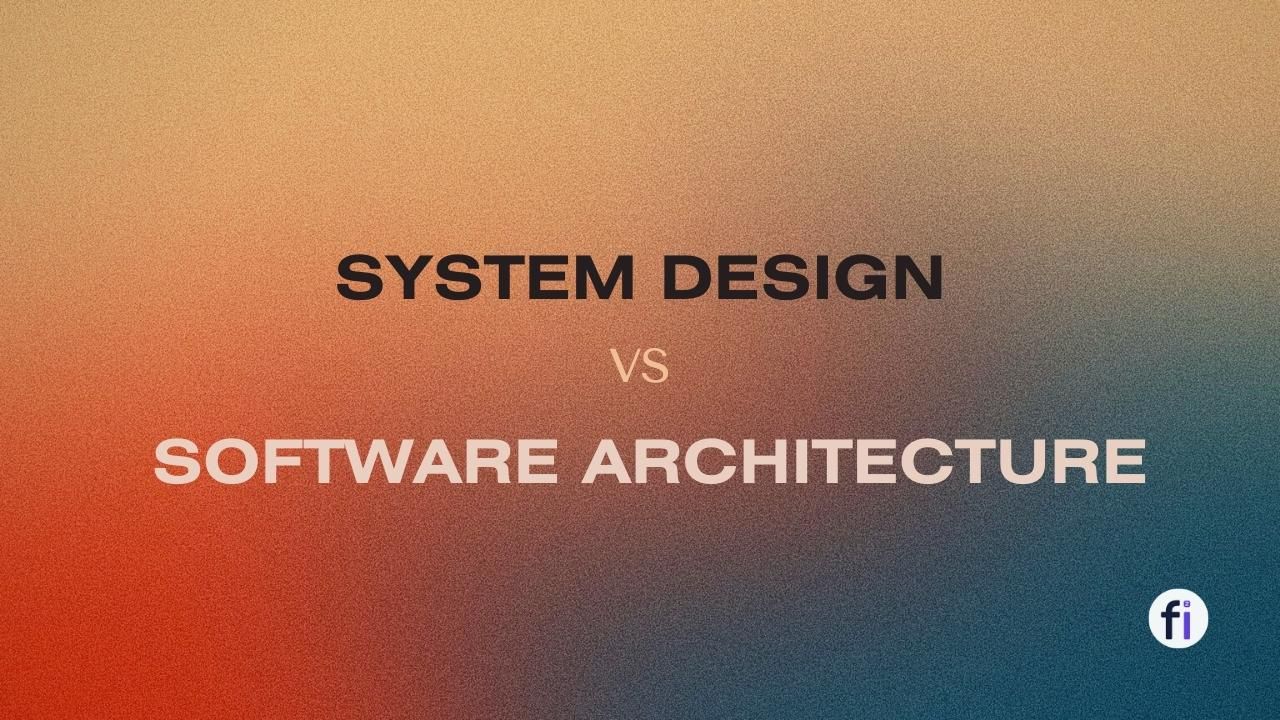
FAQs
What are the main components of Kubernetes architecture?
The main components of Kubernetes architecture are the master nodes which manage and control worker nodes. Worker nodes run pod containers and communicate with the master, while pods are a group of containers with shared resources.
How does networking differ between Kubernetes and Docker Swarm?
Kubernetes has a more advanced networking model that supports multiple networks per pod, network policies, and IPVS load balancing. Docker Swarm uses host-based routing mesh and overlay networks for container networking across hosts.
What types of storage can you use with Kubernetes?
Kubernetes supports a wider range of storage solutions including local storage, public cloud storage like GCP and AWS, network storage like NFS, and iSCSI, and plugins like GlusterFS and Ceph. Docker Swarm is more limited in storage support.
When is Docker Swarm a better choice over Kubernetes?
Docker Swarm can be a better choice when you want simpler installation and configuration, requiring less resources and expertise. It works well for smaller clusters running less critical workloads.
What security capabilities does Kubernetes provide?
Kubernetes provides role-based access control (RBAC), secrets management, pod security policies to control pod access, and network policies for managing inter-pod and pod-to-service communications. Docker Swarm relies more on third-party or manual configuration for security.

